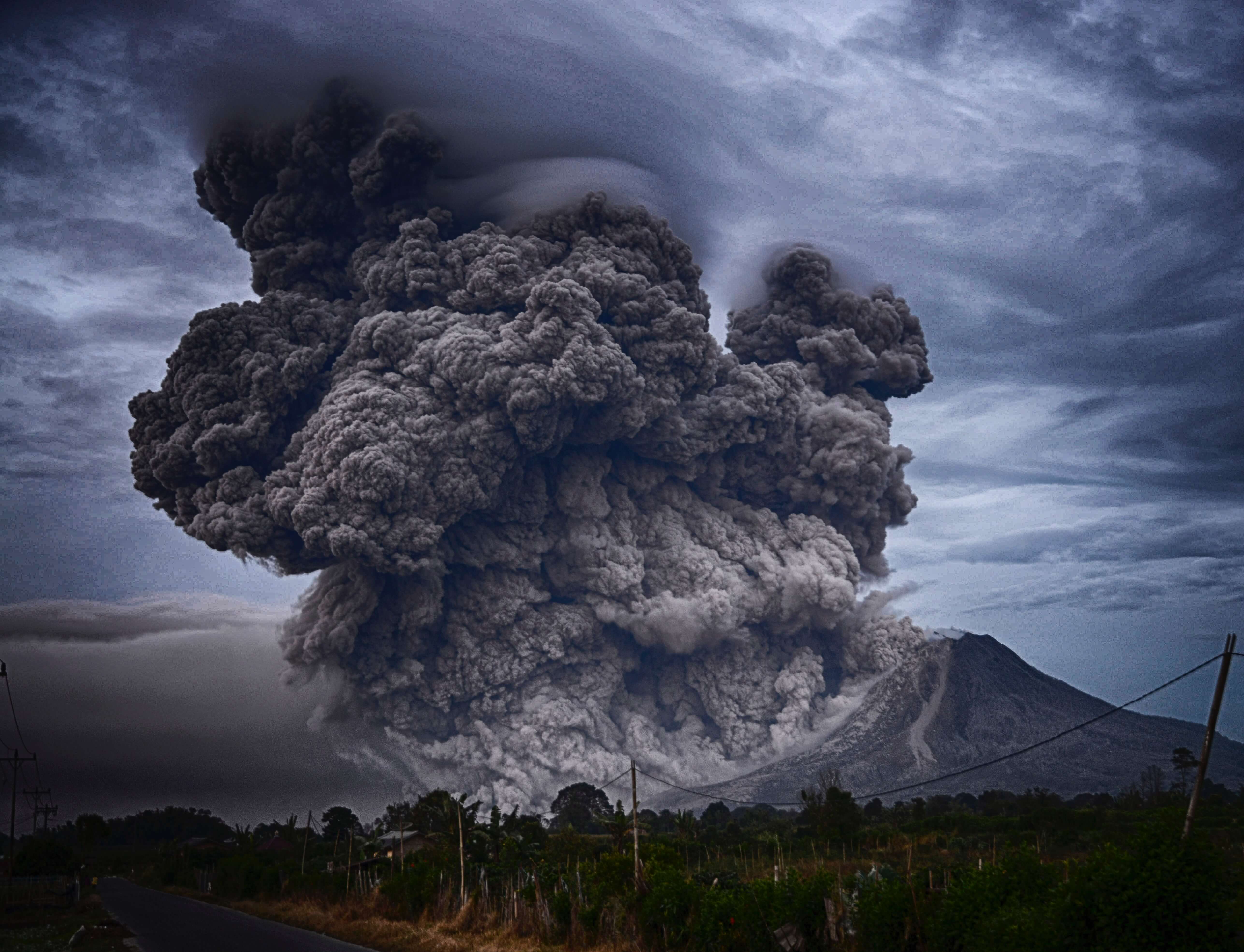The eruption of the Taal volcano was a tragic greeting for the new decade, causing thousands to evacuate their homes and disrupting the lives of everyone in the affected areas. However, another danger that you may overlook is the effect of the ashfall from the volcano on your health. The super fine particles expelled from the volcano in the wake of its eruption can spread for miles and miles carried by the wind, and it can be dangerous when inhaled or left unattended in your immediate environment.
When Inhaled
Volcanic ash, when inhaled without the proper N95 masks, generally make it uncomfortable to breathe and can irritate the nose and throat or cause a coughing fit. With increased exposure, it can lead to a bronchitis-like disease. The fine size of the particles increase the danger as ordinary covers for your nose and mouth such as your hands, handkerchiefs, or surgical masks are not enough to filter out the ash. Protect yourself by purchasing N95-grade masks if you need to go around areas exposed to the volcanic ash.
Other Body Contact
Like normal dust, it can irritate the eyes and cause minor skin problems. Wearing protective goggles and full-body covers such as long sleeved shirts and long pants can mitigate these risks. It is generally advised to close the windows and doors of your home to prevent exposing your living space to the ash. Screens for insects will not work to filter out the ash.
Mobility
Another important thing to consider is general mobility in areas heavily exposed and affected by the ashfall. The dust, when settling on roads, can be kicked up or blown away and make it hard to see. If paired with rain, the dusty roads can become muddy and make it hard to move around, and potentially even reduce traction for tires and shoes making it more slippery. These can make it particularly dangerous to traverse heavily affected areas.
As much as it seems like it’s only a bunch of dust, the dangers of volcanic ash can affect your personal health and make your immediate environment dangerous.

Related Articles

Oct 29, 2019

Aug 07, 2020

Nov 29, 2019

Nov 12, 2019



